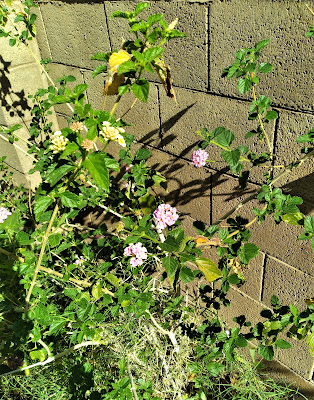after the snowbanks and temperature shifts...
After the blossoms from light colored buds,
after the rainstorms and after the floods...
After the heat from the high summer sun,
after the grain that is ripe for autumn...
come September harvest.
When old farmer Elmer is out on his field,
reaping the harvest with plenteous yield,
reminding me fully of lost, lonely souls,
that we need to harvest from Satan's controls.
To he who repents and to he who believes,
to all who accept Him, to all of the sheaves...
come September harvest.
The harvest is plenty with laborers few
but these are the souls that we need to get to.
If we love our neighbors as we ourselves love -
(you must know by now what I'm speaking of...)
For though this big world is in stark opposition,
we recommit fully for this great commission...
come September harvest.
---Louis Gander, 2012
This poem won first place for the September 2012 poetry contest. This Christian poem may be used within Christian ministries for any non-profit purpose without requesting permission. Please remember to mention the author of this poem when using.






.jpg)

.jpg)
.jpg)
.jpg)


.jpg)
.jpg)






.jpg)







.jpg)

.jpg)
.jpg)


.jpg)

.jpg)








.jpg)

.jpg)






